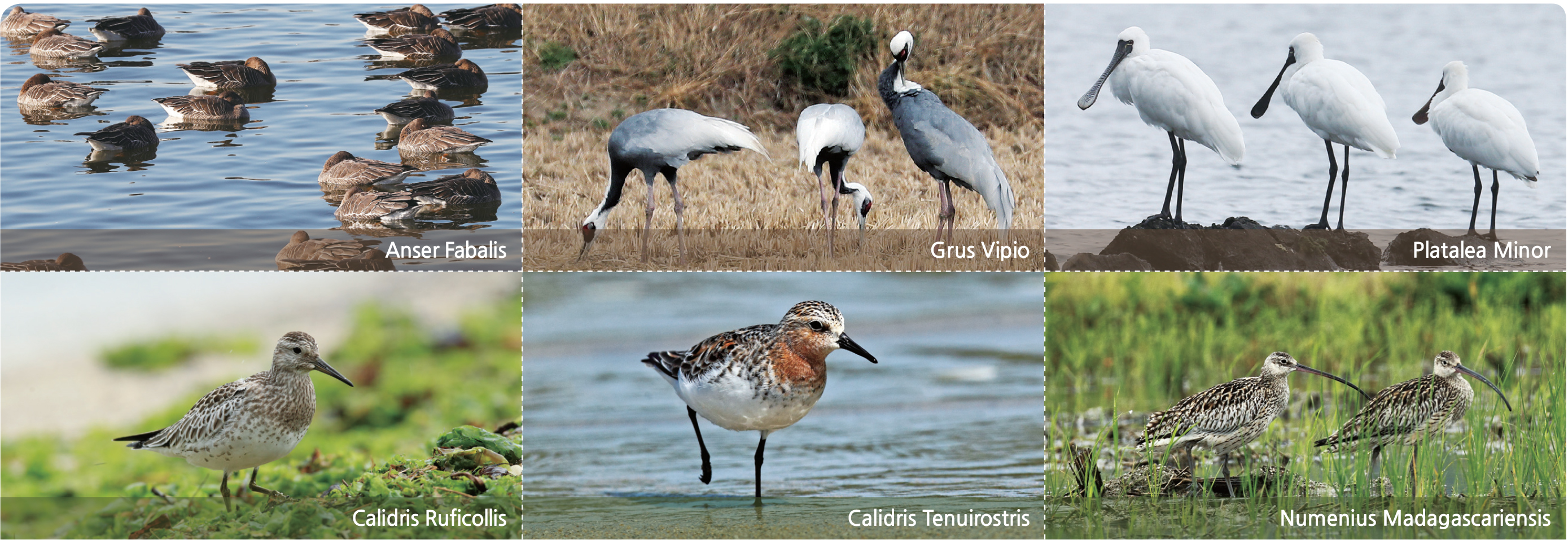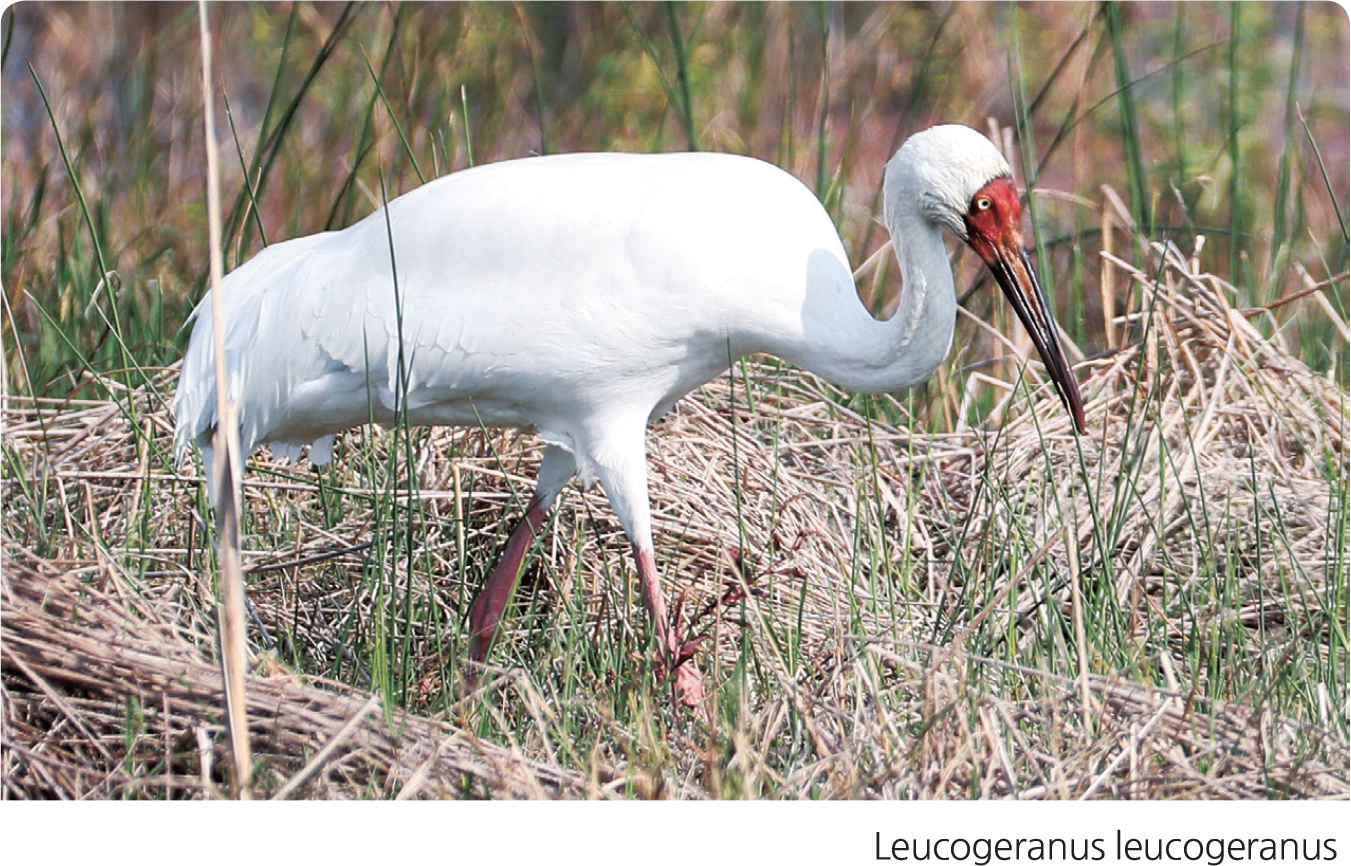for Children
Birds have been migrating across long distances for millions of years. They are a symbol of the interconnectedness of places. They rely on healthy environmental conditions and preservation of habitat across many countries. Environmental problems in one part of the world can have global effects. Habitat loss in one area can result in the disappearance of birds thousands of kilometers away. Proper management and restoration of wildlife habitat in Korea means that countries across Asia and Oceania benefit from a more robust population and diversity of bird life. Many migratory birds that are internationally endangered visit the Korean peninsula for over-wintering sites, breeding sites, and stop-over sites. Shore birds that spend winter in Australia and New Zealand and then migrate to Siberia for breeding stop to feed in the tidal flats of the west coast of Korea during spring and autumn. Sandpipers and plovers visiting South Korea follow the East Asia-Australia Flyway (EAAF), one of the nine major flight paths used by migratory waterfowl in the annual bird migration for breeding and wintering. It has been reported that 35 species of globally endangered waterfowl, 13 species of near-threatened waterfowl, and 50 million birds belonging to more than 250 population units travel along the EAAF.
|


